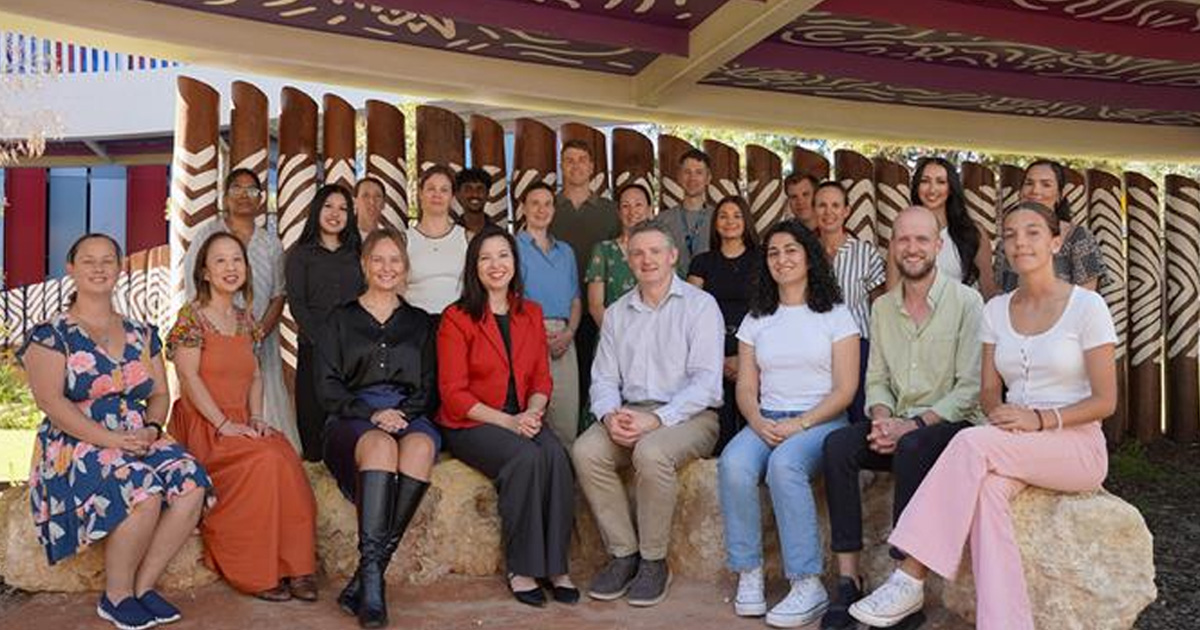Search
Research
Coupling of response biomarkers between tumor and peripheral blood in patients undergoing chemoimmunotherapyPlatinum-based chemotherapy in combination with anti-PD-L1 antibodies has shown promising results in mesothelioma. However, the immunological mechanisms underlying its efficacy are not well understood and there are no predictive biomarkers to guide treatment decisions.
Research
Successful treatment of a child with acute monoblastic leukaemia who relapsed with T-cell acute lymphoblastic leukaemia: A rare lineage switchRishi S. Kotecha MB ChB (Hons) MRCPCH FRACP PhD Co-Head, Leukaemia Translational Research rishi.kotecha@health.wa.gov.au Co-Head, Leukaemia
Research
The Cold Atmospheric Plasma Inhibits Cancer Proliferation Through Reducing Glutathione SynthesisCold atmospheric plasma (CAP) is a safe and effective alternative to radiotherapy for cancer treatment. Its anticancer effects are attributed to increased intracellular reactive oxygen species (ROS). Glutathione, a key antioxidant derived from glutamine, is critical for cell proliferation. This study investigated whether CAP-induced ROS elevation results from reduced glutamine-glutathione conversion and elucidates the underlying mechanisms.
Research
CD8α+ DCs are not the sole subset cross-presenting cell associated tumor antigens from a solid tumorCD8α+ DCs are not the sole subset cross-presenting cell associated tumor antigens from a solid tumor

News & Events
Rapid diagnosis for childhood brain cancer in WAThe Kids Research Institute Australia's Brain Tumour Research team will develop and implement cutting-edge technologies to revolutionise the speed of brain cancer diagnosis for WA children, thanks to more than $200,000 from Telethon.
Research
Rare case of spontaneous simultaneous extensive subcutaneous emphysema, bilateral pneumothoraces, pneumomediastinum and pneumorrhachisNick Gottardo MBChB FRACP PhD Head of Paediatric and Adolescent Oncology and Haematology, Perth Children’s Hospital; Co-head, Brain Tumour Research
Research
Parental occupational paint exposure and risk of childhood leukemia in the offspring: findings from the Childhood Leukemia International ConsortiumUsing individual data from fathers of 8,185 cases and 14,210 controls, the pooled OR for paternal exposure around conception and risk of acute lymphoblastic...
Research
Maternal Use of Folic Acid and Other Supplements and Risk of Childhood Brain TumorsInterest in a possible protective effect of maternal vitamin use before or during pregnancy against childhood brain tumors (CBT) and other childhood cancers...
Research
Molecular characterization of identical, novel MLL-EPS15 translocation and individual genomicAcute Lymphoblastic Leukemia (ALL) occurring in the first year of life is rare.
Research
Novel BRD4-NUT fusion isoforms increase the pathogenic complexity in NUT midline carcinomaThis study contributes to our understanding of the genetic diversity of NMC, an important step towards finding therapeutic targets for a disease that is...
